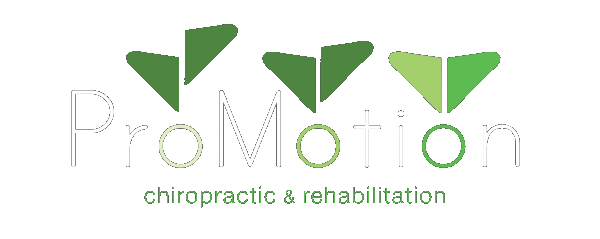Don’t Let Your Job Stand in the Way of Physical Fitness
Sitting for hours every day at work can take its toll on your health and fitness. Taking stretch breaks at your desk is one way to help stay active and improve your physical fitness at the office.
We all know the importance of physical fitness, and many of us would love to spend more time at the gym, or workout and play more in the beautiful summer weather. But for so many of us, our jobs get in the way, especially when home demands and commuting time are added to the hours spent actually making a living.
For those whose jobs require long hours sitting at a desk or workbench, fitness is a particular concern, especially in light of recent studies showing the dangers of being sedentary for too many hours a day.
A research review by the University Health Network in Canada that appeared in the Annals of Internal Medicine found that sitting for long periods every day increases your risk for heart disease, cancer, diabetes and death.
Sitting with bad posture can do a number on your health, too. Slouching, slumping the shoulders, and tipping the neck forward place excess weight on the spine, causing joint pain and disc injuries that can lead to chronic back pain.
If we can’t just quit our jobs to get more active, what can we do during work hours to get moving and improve our physical fitness?
1) Don’t Sit Still
Limit sitting as much as you can. Consider getting a standing desk. If you must sit at your desk, take breaks every 20 - 30 minutes. Stand when you can stand instead of sitting, for instance when taking phone calls. Walk when you can walk instead of standing — instead of sending an email, walk to a colleague’s office to deliver a message.
2) Exercise at the Office
Beyond these changes, there are workouts you can integrate into your workday that include stretching, aerobics, resistance, and isometric exercise. Here are a few examples of exercises you can do at the office:
Stretch at your desk. Try stretching your arms above your head, tilting your ears to your shoulders, and putting your hand on the back of your chair and twisting your torso.
Find an open office or step outside for a quick cardio workout. Jogging in place, taking a lap around the parking lot, jumping jacks, lunges and squats are just a few ideas for quick exercises that won’t get you too sweaty and in need of a change of clothes.
For increasing muscular strength, you can use dumbbells, resistance bands or tubes at your desk or body weight exercises. They tone muscles by using the resistance of gravity, as well as isometric, or squeezing, exercises.
3) Walk or Bike to Work
If you live close enough to your office, try walking or biking to work instead of driving or taking public transportation. In addition, the physical fitness benefits, walking to work can also help get you in the right mindset for a productive work day. If walking or biking to work isn’t feasible, force yourself to walk more by parking farther away or taking the stairs rather than the elevator.
4) Get Active During Lunch
With a busy work schedule, it’s very easy to fall into the trap of dropping into a nearby restaurant or fast food joint or ordering delivery. This usually means an unhealthy meal and a lunch break without any extra time for yourself. Bringing lunch to work will not only make for a more nutritious meal, but it will also save you the time of waiting in line and ordering food. Use that time to go for a walk or even to the gym.
5) Challenge Yourself
Last but not least, don’t forget to set goals, whether that means walking a specific number of steps a day, doing desk exercises for a set number of minutes, or even bringing your lunch a certain number of days a week. It’s easy to get lost in the status quo of your work day. Challenge yourself to be active as much as possible, and set realistic goals to hold yourself accountable.
You’ll be glad you did.

